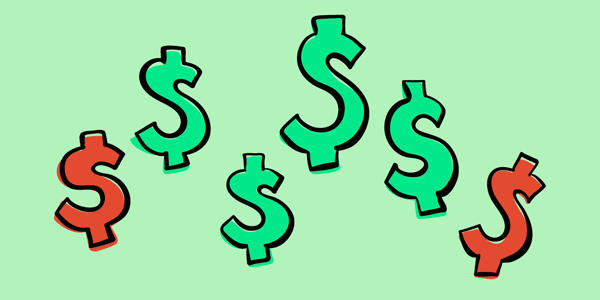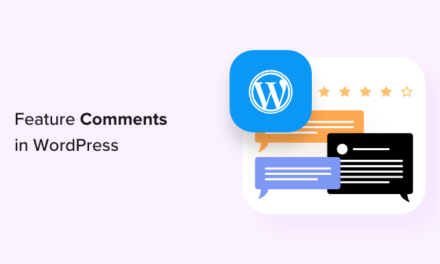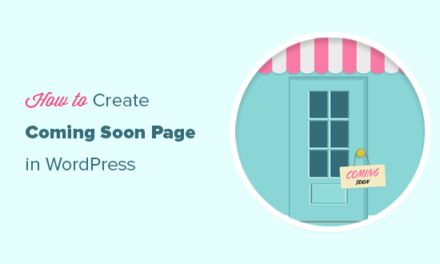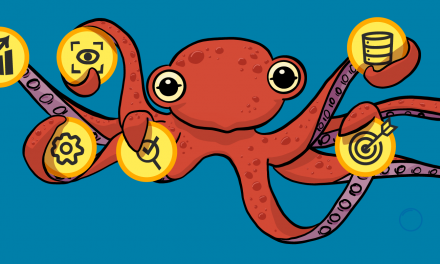Want to turn a $3K-$5K client into a $20K-$30K one? Luckily, as a WordPress developer, you can do so relatively easily. It’s about your approach, communication, and what to offer. This article covers some tips on negotiating a higher price for your services.
We’ll cover how to ensure you get paid what you are worth when negotiating a price or pursuing a potential project.
And by the end of this article, you’ll be able to see how to negotiate a low-paying project or client into – cha-ching! – $20K-$30K!
I can’t even imagine quoting $5-8k on a job. Those kinds of numbers really flares up the imposter syndrome in me something fierce.
Lawrence – WPMU DEV Member
Hopefully, this quick article will help any WordPress developer realize it IS possible to earn more (and eliminate any imposter syndrome). All the tips are tried and tested – based on common industry practices you can implement.
We’ll be going over:
- Demonstrating Your Value From the Start
- Thinking Long-Term
- Making Sure They Know Your Worth
- Giving Your Price First
- Why Experience Matters
- Defending Your Price with Facts to Back Them Up
- Tips When Negotiating a Price
So, let’s begin!
Demonstrating Your Value From the Start
When you start working on a project with a new client, one way to eventually get to a much bigger payday is to actually offer a discount from the beginning.
You can make it clear that the rate you’re charging is discounted or an introductory rate. This ensures that they’ll know what they’re paying from the start is cheaper than usual, and you can raise the fees accordingly.
Show your value and what a deal they’re getting off the start. Also, make it clear that it WILL go up.
An example of this might be a simple web design for $3K with maintenance for three months. When they want to improve upon the design and want continued maintenance, charge accordingly (e.g. $10K and up) for design and maintenance.
Over time, with continued maintenance, this can easily exceed over $30K (and much more) instead of just a one-off simple web design.
Additionally, when you invoice, be sure to indicate what the normal fee is. That way, when the introductory period is over, there’s no sticker shock.
This offers the basis for negotiation on new work and flips the dynamic. Plus, since you started working with the client, there’s now a relationship. They’ll be less hesitant to pay more to someone they trust and work they like, and most importantly, understand the higher costs.
Thinking Long-Term
As just noted above, in demonstrating your value, you need to think long-term with your clients. Small, simple, and low-cost projects can eventually become major ones. Try not to look at a client as a one-off situation.
You can offer monthly maintenance packages after creating their WordPress site. Or, make suggestions to their current website that adds value for them (and ultimately for you, too).
Add-ons and additions to what they initially contacted for you is the point. Luckily, in WordPress, there are tons of opportunities. There aren’t many other jobs out there that have the road map to include more add-ons than web development.
Be sure to read our article about boosting your web development business with add-on services to get detailed information on including these in your workflow.
Making Sure They Know Your Worth
One way to get a client that originally wanted to pay $3K for a web design to pay $30K is to let them know your worth. Premium design deserves premium rates. Show them why you’re entitled to the costs.
It’s up to you to be clear on how these rates help the client compared to a cheap developer they’ll find on Fiverr for a fraction of the price.
Maybe it’s your experience – or your amazing web design skills. Whatever the case, demonstrate why your asking price is justified and even if it’s a stretch of the budget, serious clients will pay what you are worth.
A few ways to demonstrate value are with a good portfolio, reviews, or testimonials. Also, you can mention what the market is like, and the hours it will take to complete. Be sure to make it clear why you’re worth $150 an hour – or whatever premium rate you have set.
Giving Your Price First
Research shows that the final price is typically closer to the original price than the second. So, though you might want the project and feel like setting lower costs might get a client to work with you, often it’s not going to benefit you in the long run.
They can always come back with a counter offer, but ensure you don’t dip too low beyond what is acceptable on your terms.
All of this can come after an initial lower offer to get started (like we touched on earlier). In general, this puts the ball in your court and lets your client know whether they can work with your budget.
In a nutshell, it’s your move first to name the price – before the potential client. This leads to your asking price becoming more attainable at the end of the day.
Why Experience Matters
When it comes to reviews, testimonials, etc, obviously you’ll need some experience first before those roll in. It may take a while to build some credibility, but it has a snowball effect once you do. You can charge more and more for your services and justify every single penny.
And as you become more experienced, be sure to promote this. Let the client know of the benefits of your years of experience and how it works in their favor.
After all, experienced professionals get paid more – whether that be employment or on their own. Experience typically leads to a bigger paycheck.
Letting a client know about your experience is another way to get them to pay more and gives you leverage on why you charge what you do.
Defending Your Price with Facts to Back Them Up
Clients want to know what they’re paying for and why it costs what it does, so back all costs up with facts.
You can include competitive rates from top-notch agencies, market rates, other negotiations with other clients, ROI based on your web design, testimonials (like we just mentioned) – anything that you can show as proof your services are worth what they are.
This will help justify paying more for any project and help put any client at ease knowing their money is going to good use.
Factors to Keep in Mind When Negotiating a Price
Now that we have some essentials to negotiating a higher rate, here are a few additional pointers to keep in mind.
- Show them the estimate with an hourly rate when you give them the price.
- If they push back, say the estimate is right.
- Explain the reason for your rate (e.g. $150 an hour is the standard rate for a developer with this experience level).
- Budget check: Do they have $75K-$100K for major web development? Check this earlier than later to ensure they have the budget.
- Understand what is negotiable and what is not.
- Remember that it’s not all about negotiation. It’s about finding a win-win for both parties.
- Be sure to include payment terms. A good example is 40% up front, then 20% as time goes on.
With ways to make money in the WordPress industry, negotiating a substantial rate is easier than you think when you keep these factors in mind.
The Easy Way to $30K

As you can see, just a few approaches with your messaging, services, and negotiations can turn a $3K client into a $30K one. Even with little experience, you can get there relatively quickly by collecting testimonials, building your portfolio, and showing proof that you’re worth the costs.
For more, read our How To Offer Website Care & Maintenance Services To Your Web Development Clients article to build your web development business and increase your earnings.
With all of this in mind, getting paid $30K is just steps away.











